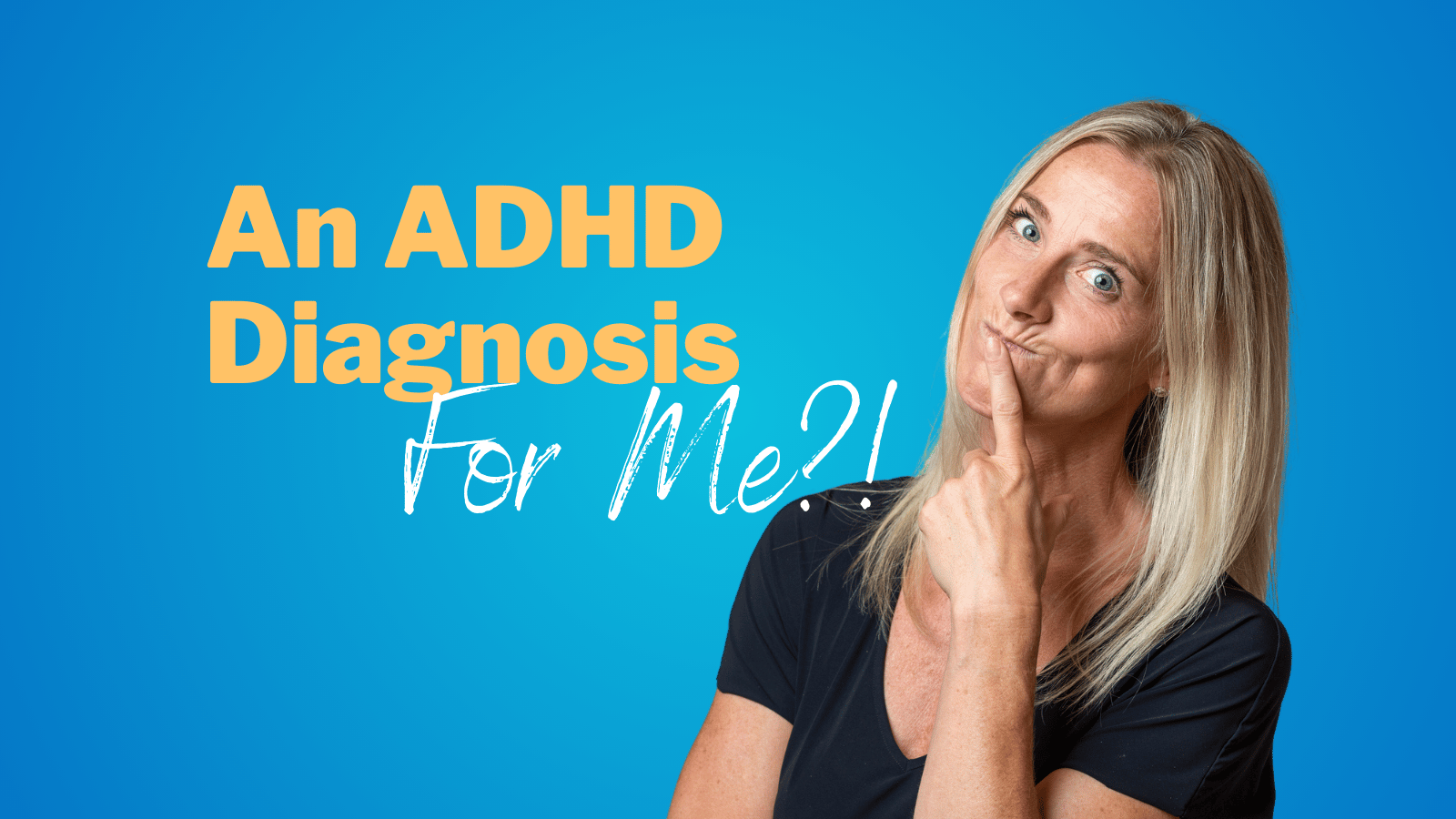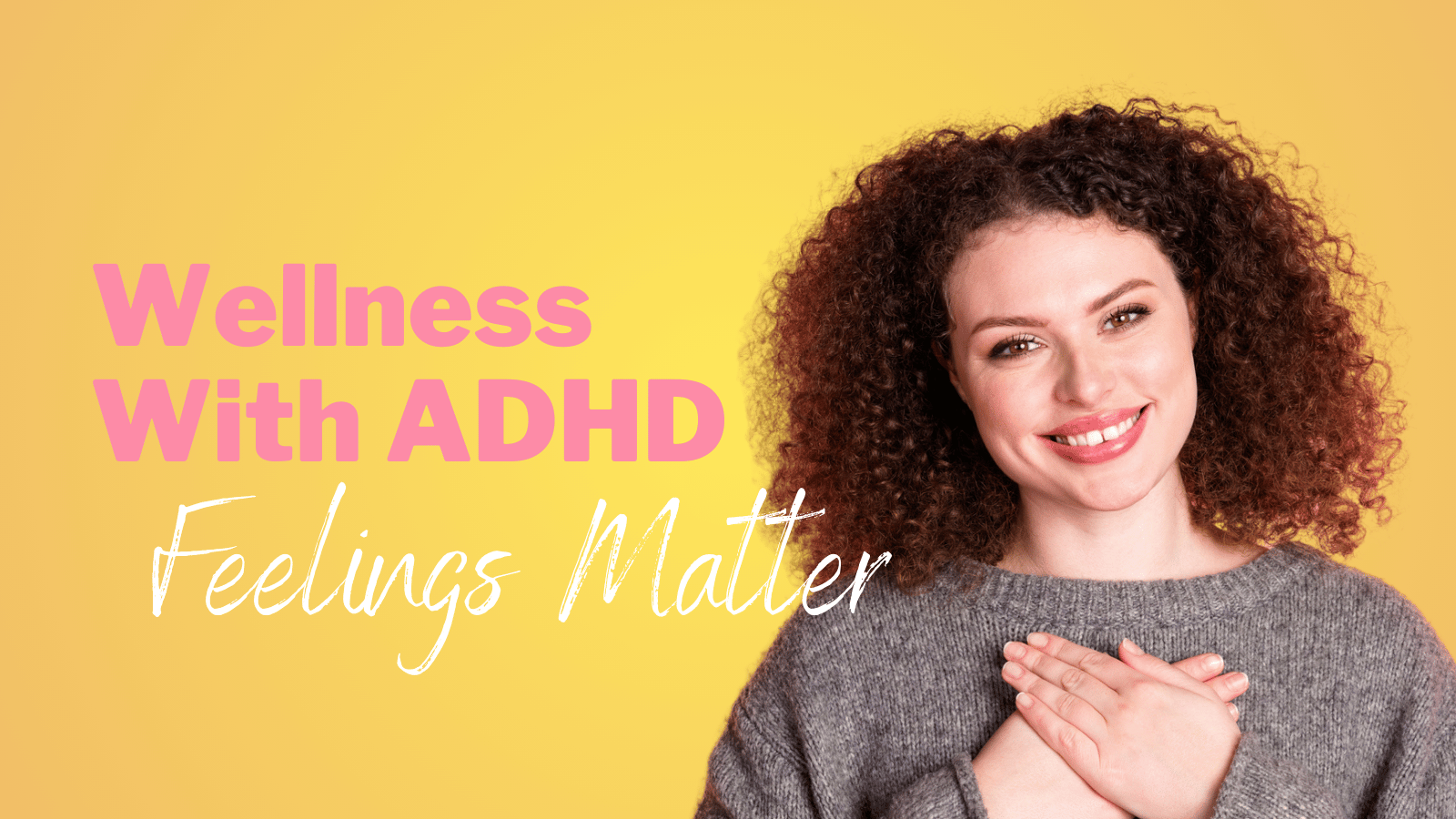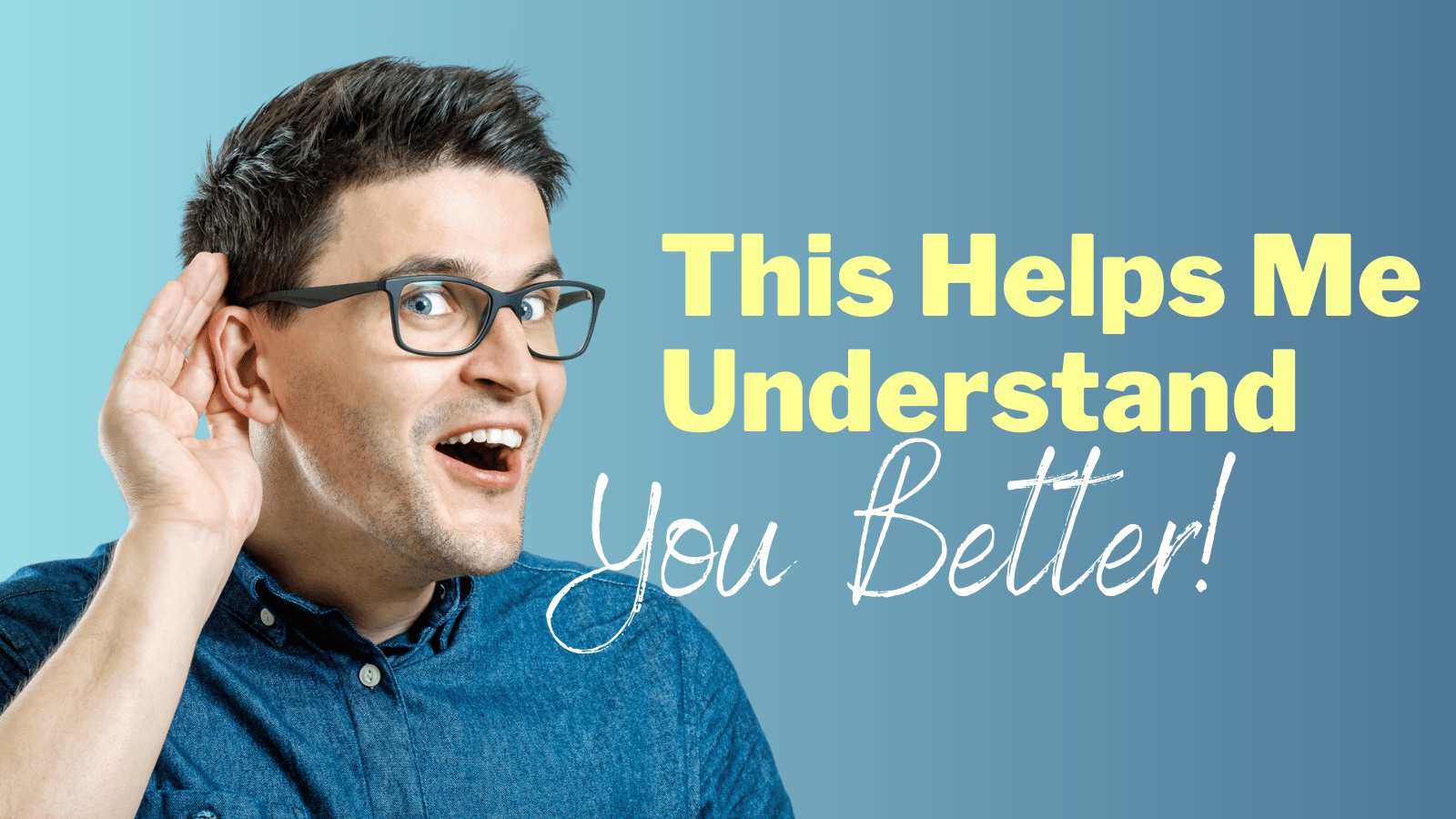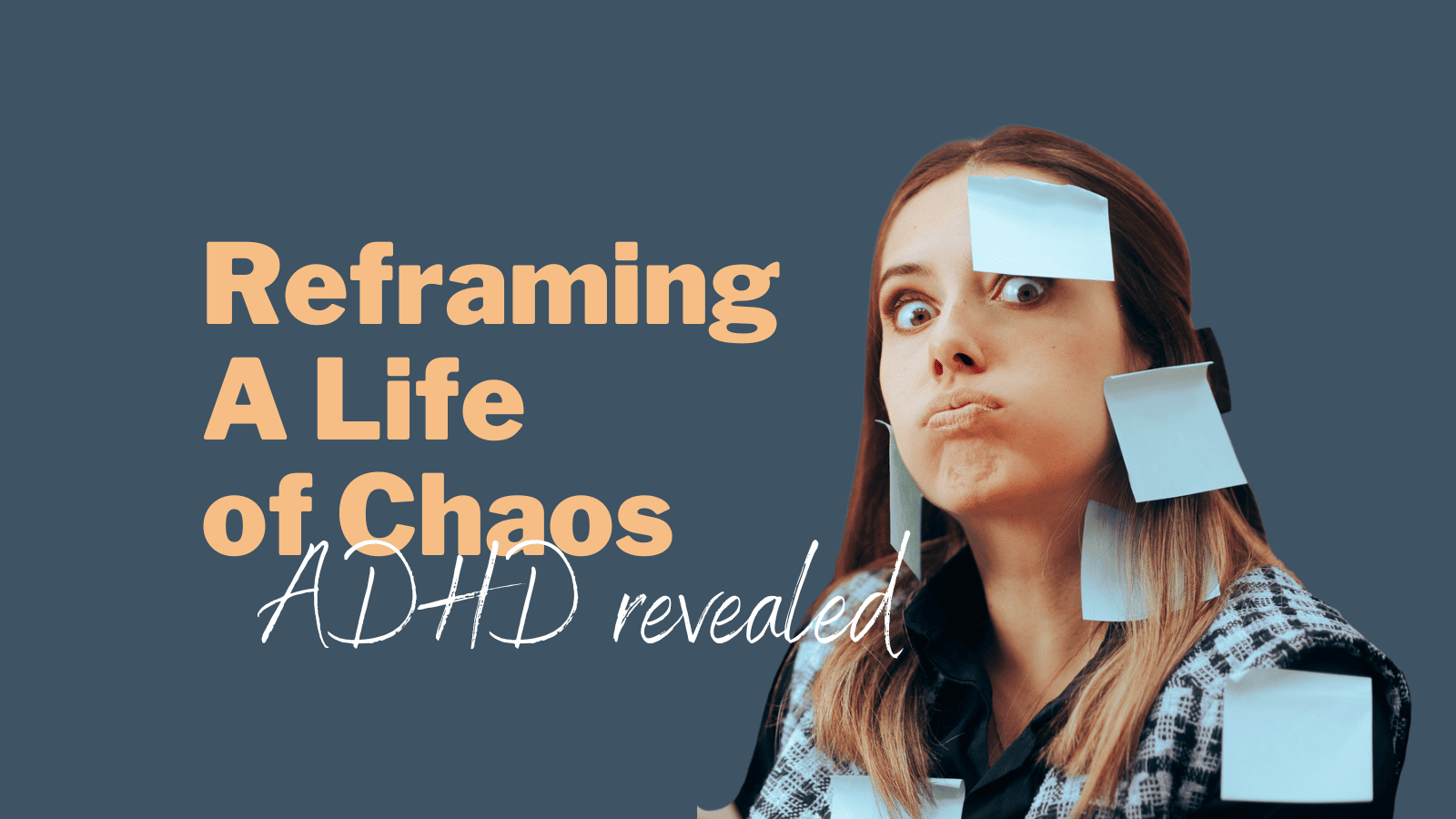When you hear the word ‘accessibility’, what do you think of?
The images that just flashed through your head in response to this question might have included wheelchair ramps, Braille elevator buttons or disabled parking stalls. Whatever you imagined, accessibility means something different to everyone. We all have different experiences, challenges and thoughts regarding the world of inclusion, whether that encompasses our home, our workplace or our communities.
But we can probably all agree that accessibility is necessary. Making physical spaces accessible to those with physical limitations has taken decades of awareness and advocacy. Now they are a standard part of building codes and public spaces. We rarely think twice about pushing electronic door openers, walking on white-striped crosswalks with flashing lights and beeping signals, or waiting on textured curbs.
However, with technology being a nearly indispensable part of our lives, we also live and work in virtual spaces.
Are these just as accessible as physical ones?
Is the virtual world accessible?
The virtual world may be much more accessible to people with certain physical challenges (websites don’t require wheelchair access) but it is often less so for people living with ‘invisible’ challenges like Learning Disabilities or ADHD. And even though there are myriads of apps and specialized software to assist with academics, organization and nearly every aspect of one’s personal life and career, the public space of the internet as represented by millions of websites, is largely lacking in basic accessibility tools.
That is the impetus for ‘What Does Accessibility Mean to Me’ Awareness Week. Everyone deserves the freedom to live a barrier-free life. For the 1 in every 5 people who have a disability that may impact their access to the virtual world – be that for information, services, experiences, or opportunities – virtual accessibility is a necessity.
Which Accessibility Tool did we choose?
Naturally, a website such as ours dedicated to raising awareness and providing resources for people with those invisible disabilities of LD and ADHD needs an amazing accessibility tool. So, which one did our Learning Disabilities Network ultimately choose? Enter Recite Me. After considerable research, this is the one that came out on top. It is an impressive assistive technology tool. It provides accessibility and language support to create a highly customizable user experience with just a few simple clicks. ReciteMe options include:
- text to speech functionality
- speech speed control
- fully customizable font and colour styling features
- reading aids such as a ruler, screen mask and magnifying glass
- and a translation tool with over 100 languages, including 35 text to speech voices.
We want virtual accessibility to be as common as physical accessibility. This starts by creating awareness on an individual and organizational level, and empowering everyone towards greater inclusion. Join the journey to an accessible world!
What does accessibility mean to you? Start a conversation #AccessibilityToMe.








